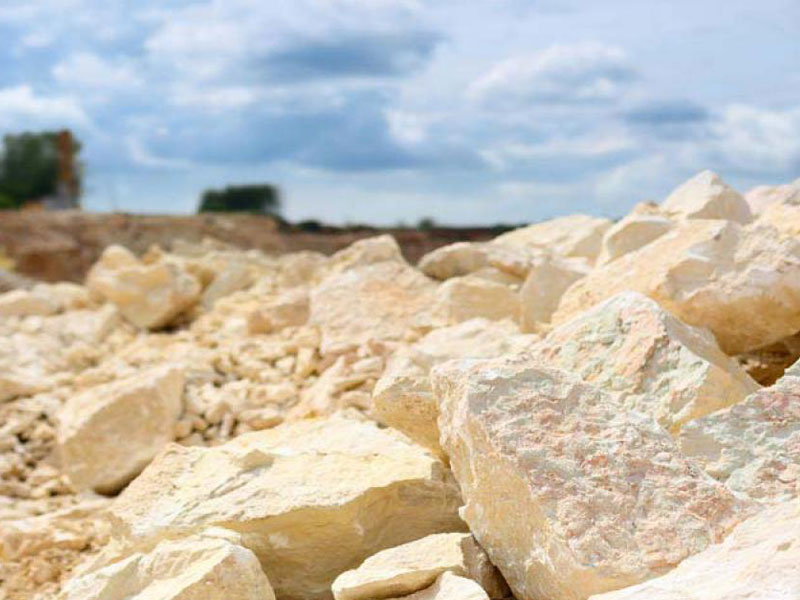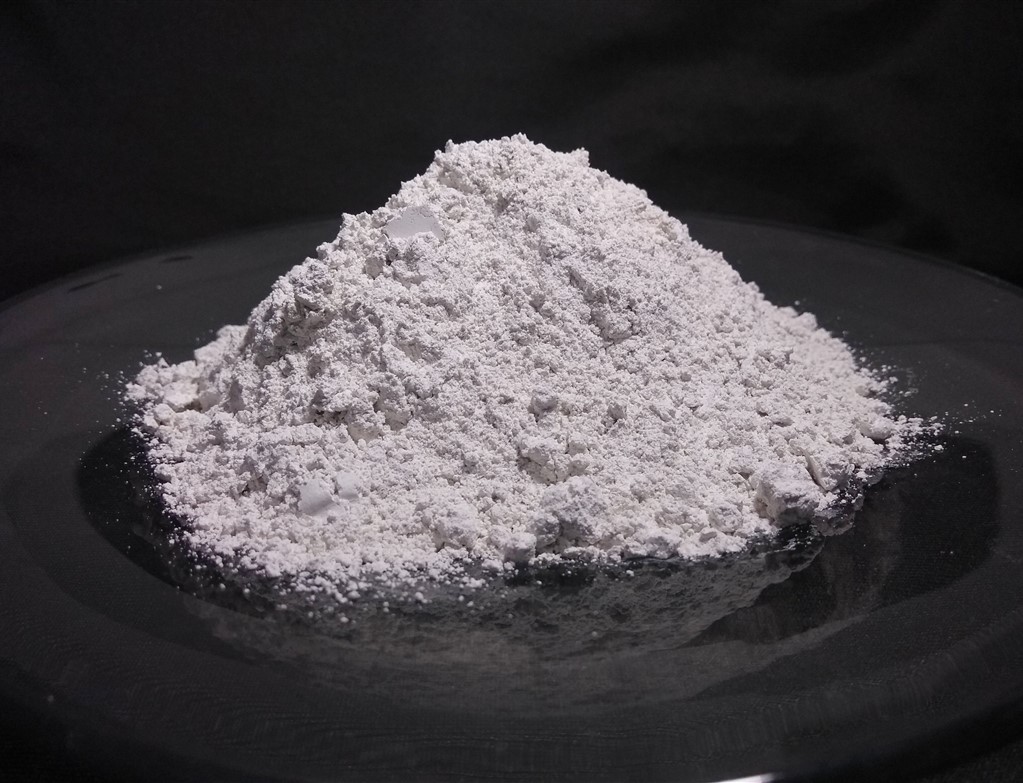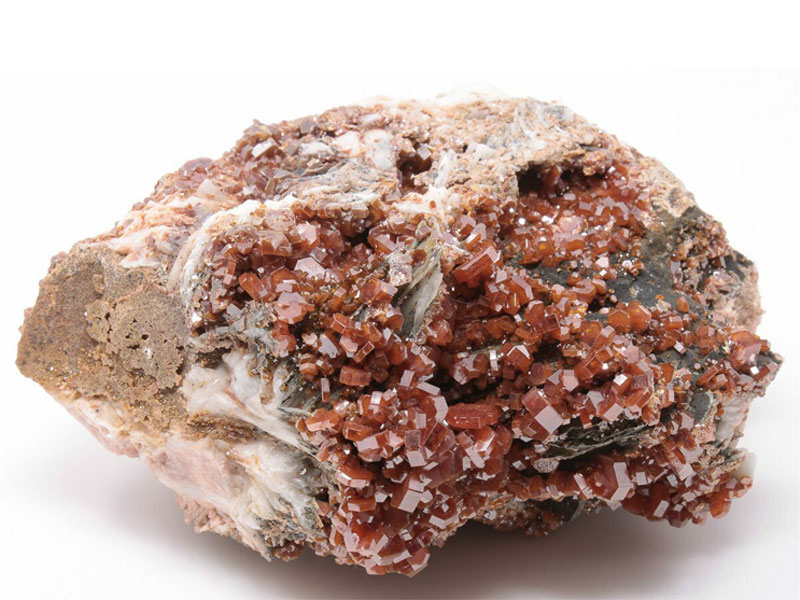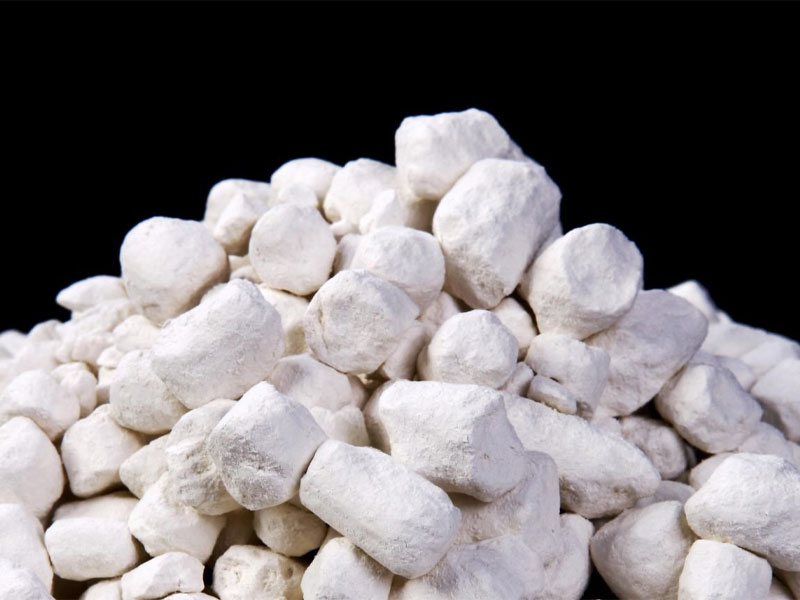Limestone, a sedimentary rock composed mainly of calcium carbonate, has been a crucial resource for humanity throughout history. Its abundant presence and diverse properties make it an indispensable component in various industries, from construction to agriculture and manufacturing. This article delves into the world of limestone supply, exploring its formation, extraction, uses, challenges, and the sustainable practices that shape its future.
Read More: Limestone
What is Limestone?
Limestone is a natural rock formed over millions of years from the remains of marine organisms, such as coral and mollusks, as well as the precipitation of calcium carbonate from water bodies. The resulting sedimentation, compaction, and cementation processes give limestone its characteristic structure and appearance.
Formation of Limestone
Limestone formation occurs in both marine and terrestrial environments. In marine settings, the accumulation of shells and skeletal fragments creates limestone beds, while in terrestrial settings, chemical processes and evaporation contribute to limestone formation.
Types of Limestone
There are three main types of limestone:
Sedimentary Limestone
Sedimentary limestone, the most common variety, forms from the accumulation of organic and inorganic debris in marine environments. The gradual compression of this debris results in sedimentary limestone.
Chemical Limestone
Chemical limestone, on the other hand, is formed through the precipitation of calcium carbonate from solution, often found in caves as stalactites and stalagmites.
Biogenic Limestone
Biogenic limestone is created exclusively from the remains of living organisms, such as coral reefs and shell fragments.
Limestone Supply and Production
The global distribution of limestone deposits is extensive, with substantial reserves found on every continent. Countries like China, the United States, and India lead in limestone production.
Read More: UREA
Limestone Extraction Methods
Limestone is typically extracted through open-pit mining, quarrying, or underground mining techniques, depending on the depth and accessibility of the deposit.
Manufacturing Process
Once extracted, limestone undergoes various processes, including crushing, grinding, and refining, to produce different grades and forms tailored to specific industrial applications.
Environmental Impact
Limestone mining can have significant environmental consequences, including habitat destruction, water pollution, and greenhouse gas emissions. However, responsible mining practices and environmental regulations aim to mitigate these impacts.
Read More: Gypsum
Common Uses of Limestone
Limestone’s versatility and abundance make it invaluable in various industries.
Construction Industry
In construction, limestone serves as a fundamental building material, used in the creation of cement, concrete, and aggregate for roads and buildings.
Agriculture
Limestone is essential in agriculture as it is used to improve soil quality, neutralize acidity, and provide essential nutrients to crops.
Manufacturing
The manufacturing industry relies on limestone as a raw material in the production of glass, ceramics, and steel.
Water Treatment
Limestone is utilized in water treatment processes to remove impurities and soften water.
Read More: Bentonite cat litter
Benefits of Limestone
The utilization of limestone offers numerous advantages:
Versatility
Limestone’s versatility in different industries makes it an irreplaceable resource.
Durability
Limestone is highly durable, making it ideal for long-lasting structures.
Cost-Effectiveness
Due to its abundance, limestone is a cost-effective option for various applications.
Challenges in Limestone Supply
The limestone supply chain faces several challenges:
Environmental Concerns
Mining activities can impact ecosystems and raise environmental concerns.
Market Demand Fluctuations
Fluctuations in market demand can affect limestone producers and suppliers.
Transportation and Logistics
The transport of limestone from mines to end-users requires efficient logistics.
Sustainable Practices in Limestone Mining
To ensure a sustainable future for limestone supply, the industry is adopting environmentally friendly practices. This includes land reclamation, water conservation, and emission reduction strategies.
Read More: Wikipedia
Future Outlook for Limestone Supply
With the world’s growing demand for limestone, the industry will continue to evolve, driven by technological advancements and sustainability efforts.
Conclusion
Limestone supply is the backbone of numerous industries, playing a vital role in construction, manufacturing, and agriculture. While facing challenges, sustainable practices offer a promising future for limestone extraction and utilization, ensuring a balance between human needs and environmental preservation.
FAQs
[vc_toggle title=”What is limestone used for?”]Limestone is used in construction, agriculture, manufacturing, and water treatment due to its various beneficial properties. [/vc_toggle][vc_toggle title=”Where is limestone primarily found?”]Limestone deposits are found on every continent, with significant reserves in China, the United States, and India.[/vc_toggle][vc_toggle title=”What are the environmental impacts of limestone mining?”]Limestone mining can lead to habitat destruction, water pollution, and greenhouse gas emissions, but sustainable practices aim to mitigate these effects.
[/vc_toggle][vc_toggle title=”How is limestone extracted?”]Limestone can be extracted through open-pit mining, quarrying, or underground mining methods, depending on the deposit’s characteristics.
[/vc_toggle][vc_toggle title=”Is limestone a finite resource?”]Limestone is abundant and widely distributed, making it a renewable resource when managed responsibly. [/vc_toggle]









